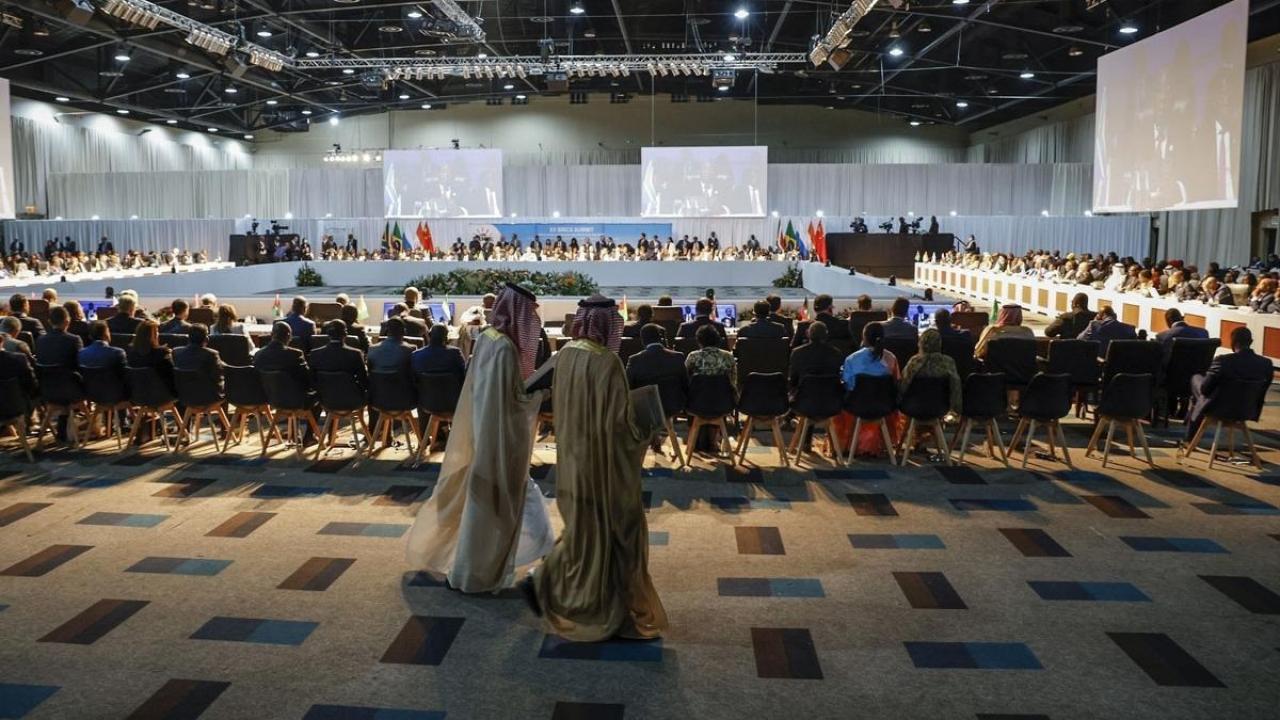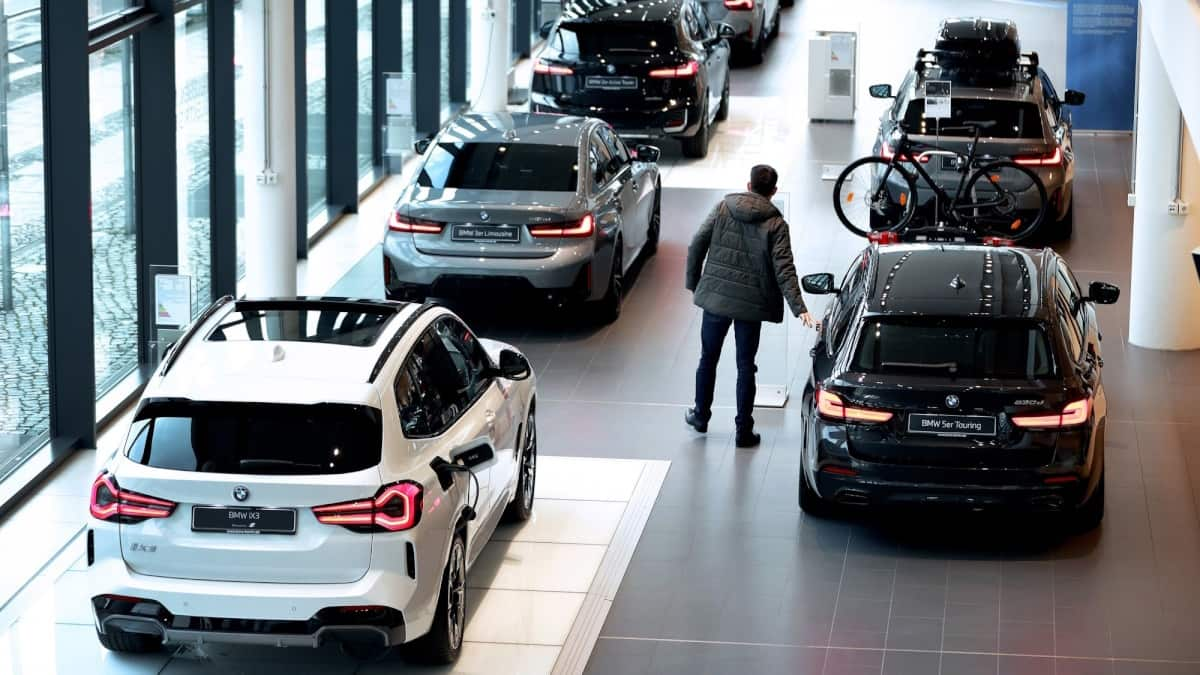#Dutch #pay #sell #excess #domestic #solar #energy
The blog of Apostol Apostolov, economic journalist
Owners of solar panels that supply the grid with unused energy will now have to pay a fee, one of the operators in the Netherlands, Eneco, announced. The reason is that too many households have started returning energy and it is difficult for the supplier to compensate everyone during a period of sunny days.
Eneco currently pays a fee of 5 cents per kilowatt hour. From next summer, however, things will turn around and only those who have paid for access to the network will supply energy.
The company’s spokesman said it was not yet possible to say what the value of the fee was.
Eneco’s decision comes just days after statistics were announced that the country generated more solar energy last year than any other major European country. According to think tank Ember, 20.63 TWh were generated. On a 5-year basis, the share of energy produced from the sun has grown 450%. The total installed capacity reaches 19,000 MW.
One part of the produced energy, according to the statistical agency CBS, was used for heating and the other for lighting. A little under 60% of the generated solar energy goes to the needs of companies, the remaining over 40% is for households.
There are only four countries on the old continent that produce more solar energy – Germany, Spain, Italy and France. It is a curious fact that the Netherlands produces relatively less energy than the French, which are 13 times larger in terms of territory, RTL television commented on the topic. Visually how the production of the countries is changing can be seen here.
After the start of the war in Ukraine and the energy crisis that broke out, solar panels became a hit in the Netherlands. According to local organization Milieu Centraal, 10 solar panels together with installation and inverter cost about 7,500 euros at the end of last year.
The average household in the country consumes 2479 kWh of electricity per year. Per month, at an electricity price of 40 euro cents, means they pay an 83 euro monthly invoice. When purchasing ten 400 watt peak panels, the energy generated is about 3,600 kWh on a south-facing roof. These monthly costs to the energy supplier disappear.
However, still many people either do not know or are afraid to take out a loan to buy panels. It is still a little known fact that there are so-called heat fund to the state – a government scheme that provides loans to households at a 4.1% interest rate. Broken down monthly per household, it comes out to 68 euros for a period of 7 years.
“People are afraid to take loans”
The question is: what prevents people with no money of their own from investing in solar panels? A survey of older homeowners found that 75% were unaware that sustainability grants or loans were available. Therefore, it is not surprising that many users find the investment too expensive.
A parallel survey of the state heat fund shows that only 7,000 people applied in 2022. A large part of the respondents said that they did not take this step because their application was seen as complicated and they would not join this initiative.










